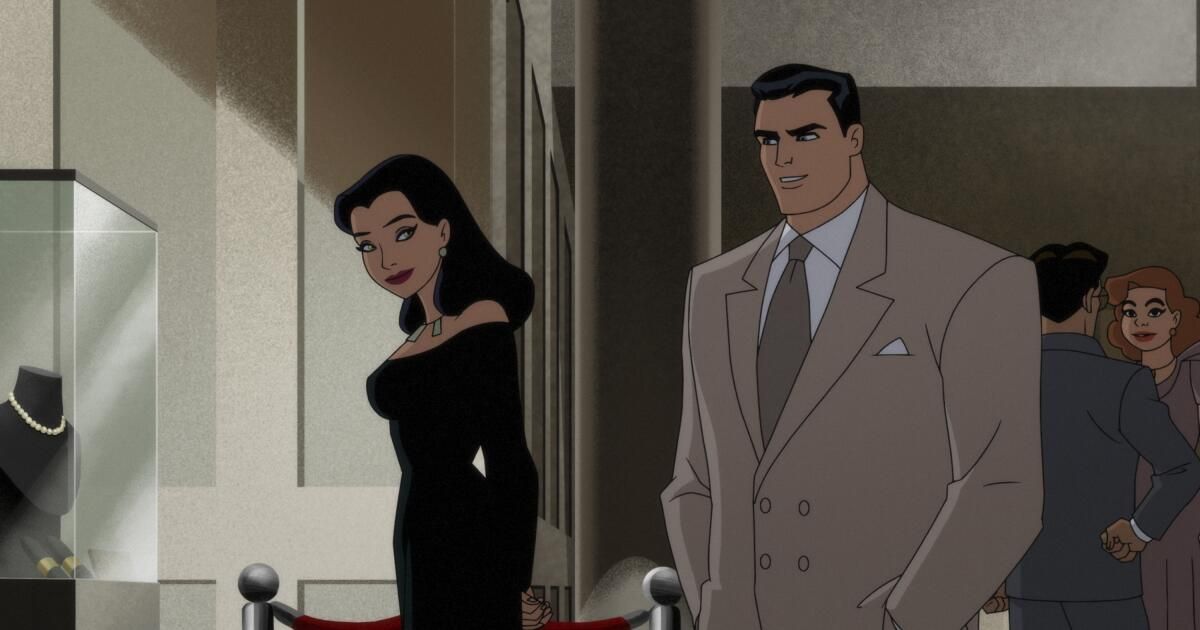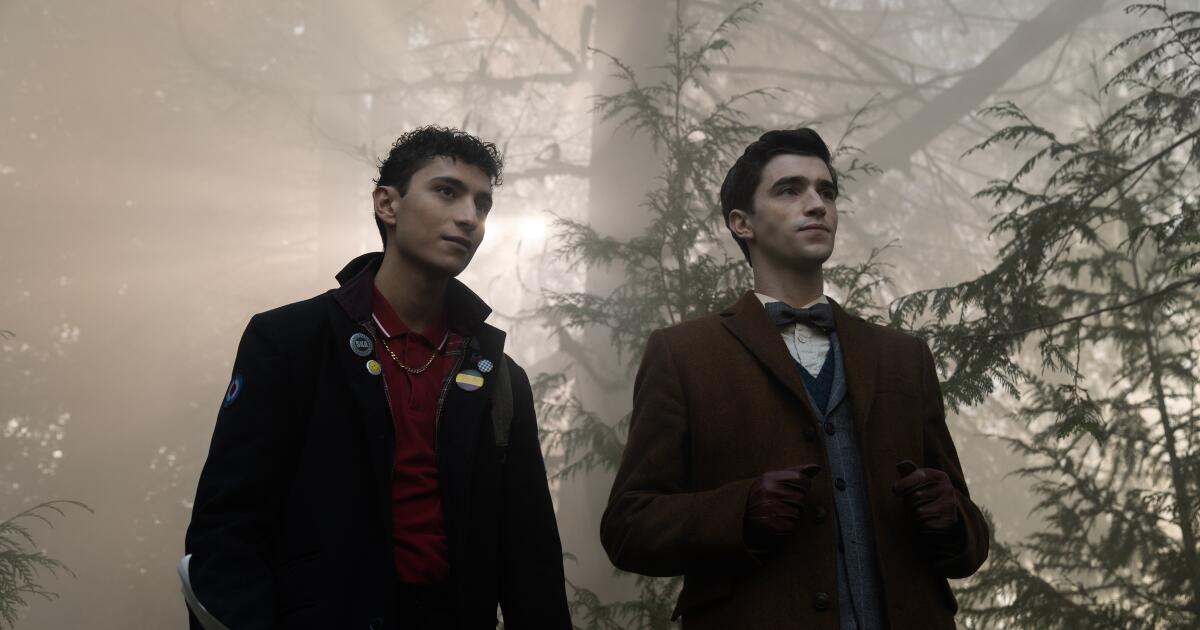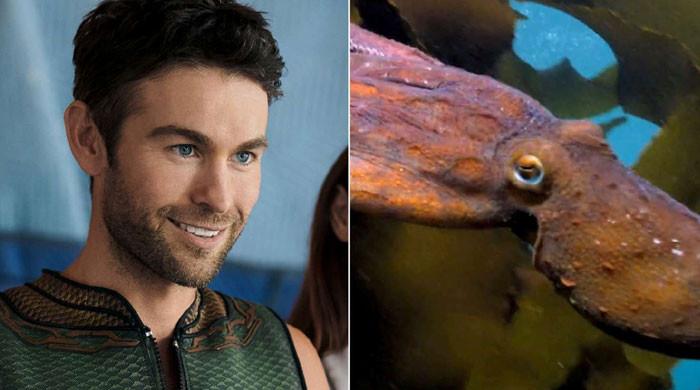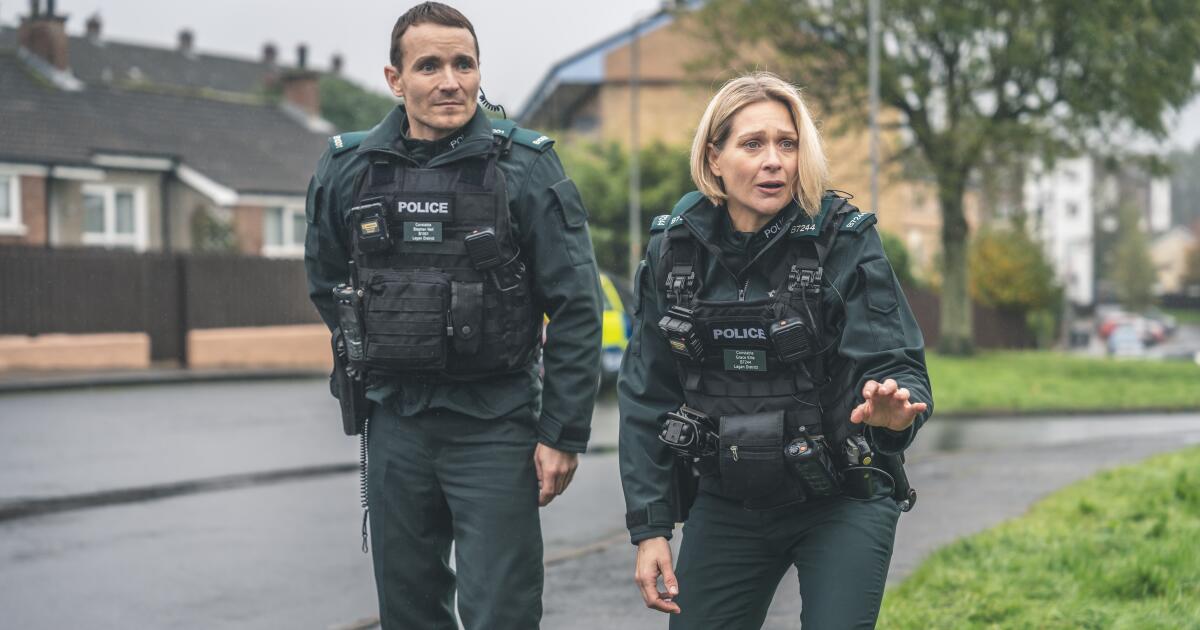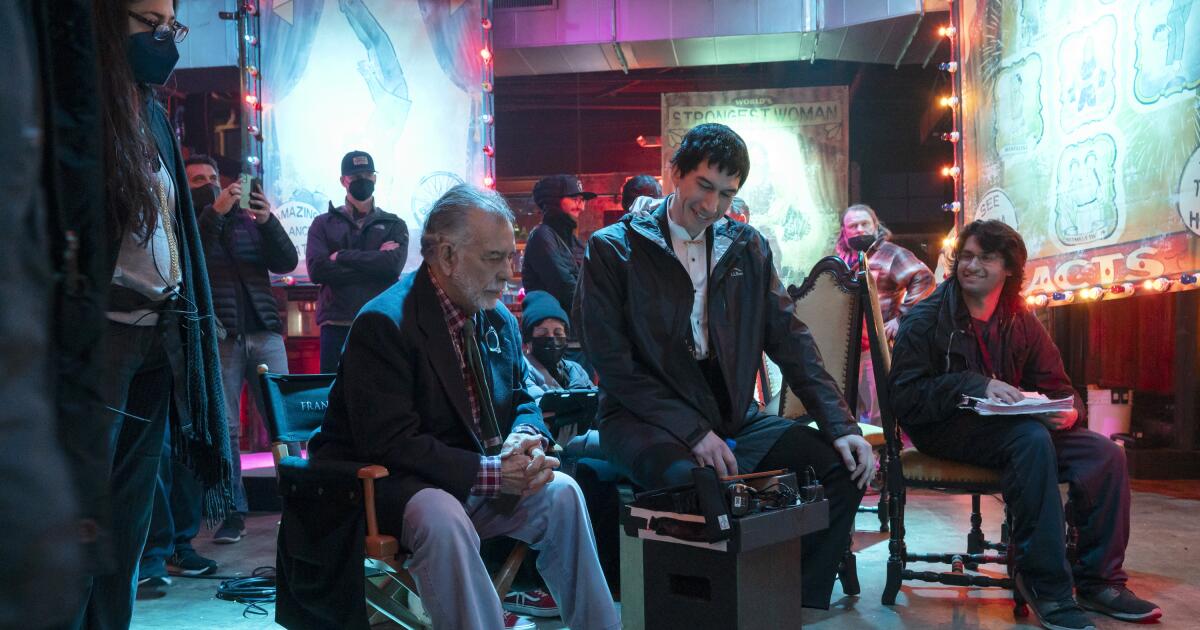There's a new and old Batman in town.
“Batman: Caped Crusader,” an animated series premiering Thursday on Prime Video, isn’t the first attempt to take the character back to his pulpy roots. But it’s unusual in that it also jumps back in time, to what I’d estimate to be about a decade after his first appearance, in Detective Comics, in 1939.
There have been, though I haven’t been paying attention, many Batman animated series released (this is the tenth to have the character’s name in the title), not counting the 26 animated films. With all the live-action films (and more on the way), numerous tangential projects, and of course the 1966 ABC TV show (The Only “Batman” That Matters, for me), it might be the intellectual property that has done the most work in show business.
Over the course of his long history there have been many approaches, tailored to the tastes of the times, which have included rewrites, re-writes and completely erasing the story. Still, the entire Batman product can be divided into two schools: what is now called the “Shining Knight”, exemplified onscreen by Adam West in the 1966 TV series, and “The Dark Knight”, born in Frank Miller's 1986 comic book series, which set the tone for the character going forward, as the battle between darkness and light increasingly became a war between the dark and the slightly less dark.
Alfred and Batman in “Caped Crusader.”
(Courtesy of Prime)
With its garish colors, canted camera angles and ballooning sound effects, the original series was witty, funny, parody, satirical, deceptively clever and deliberately silly — and also a genuine adventure story. It was in every sense a product of 1960s pop art camp, but, like “Star Wars” a decade later, it was steeped in nostalgia; gadgets aside, it drew inspiration from B-movie crime movies, old radio dramas and the relatively straightforward costumed heroes-versus-costumed villains setup of early Batman comics.
Beyond the character's traumatic origin story, which was barely 12 panels long when it was offered to readers six months after his debut and was never mentioned in the TV show, there was no psychology to the Shining Knight, just Boy Scout ideology. He had no deeper issues than his ambiguous relationship with Catwoman.
Developed by Bruce Timm, whose mid-’90s animated series Batman: The Animated Series was also something of a throwback, with Batman and Robin in their classic costumes and a chronologically indefinable setting, Batman: The Caped Crusader mixes the dark and the bright by getting back to basics, when Batman (Hamish Linklater) was a simple vigilante detective regulating a large, unruly city. It wraps its comic book tropes in a film noir cloak, a genre in which such distinctions weren’t always so clear. (Some episodes borrow their titles from pulp and detective novels, including Jim Thompson’s The Killer Inside Me and Savage Night and Nero Wolfe’s And Be a Villain.)
The images are rendered in muted shades of grey and brown, with hints of blue and pink, which paradoxically lightens the mood: the homage to old movies is both a means of distancing and of amusement at first glance. Set in the post-war era, it is decorated with landline telephones, fedoras and ranch-style houses from a recognisable era; Bruce Wayne has a microfiche reader in his hideout and uses the public library when he needs to know more.
Batman — or “Batman,” as he’s called here, old-fashioned — appears just as Bob Kane first drew him, pre-Kevlar, with pointy bat ears sticking out of his cowl. He’s just starting out on the job in Gotham, a mysterious figure considered an outlaw, despite all his crime-fighting and citizen-saving work. There’s no Robin around, but Alfred (Jason Watkins) is on board and busy.
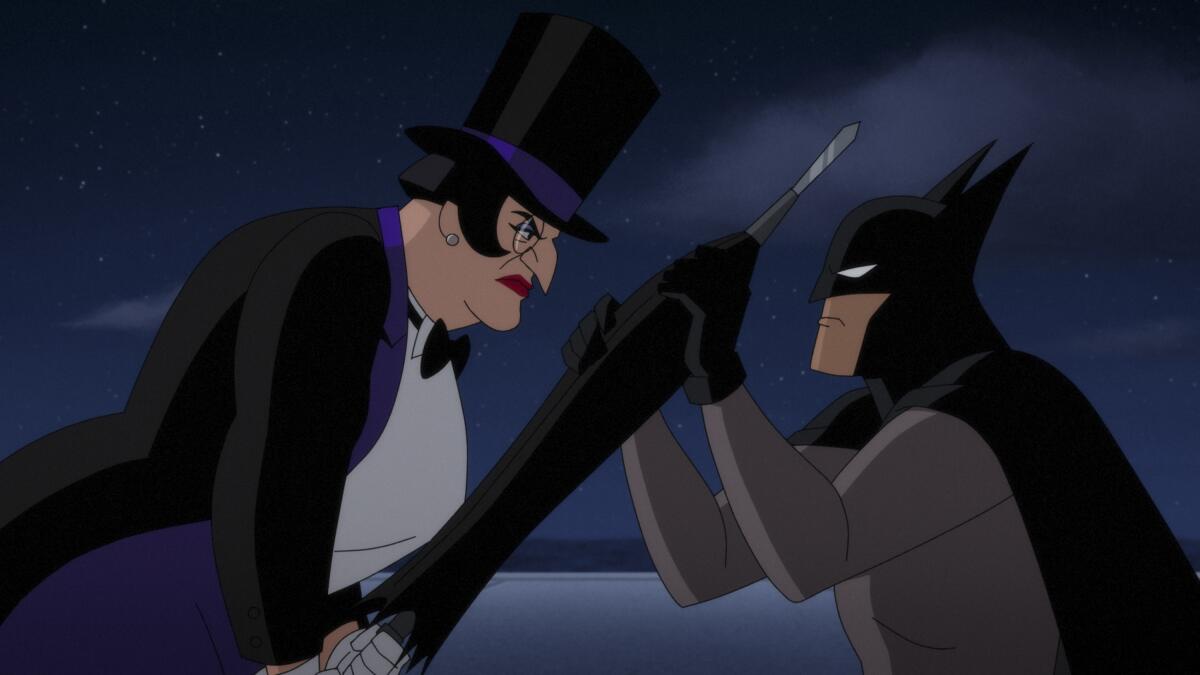
The Penguin reinvents himself as a woman in “Batman: Caped Crusader.”
(Courtesy of Prime)
Though this is in some ways Batman's golden age, Timm mixes characters from later eras with all-time stars like the Penguin (Minnie Driver), here reinterpreted as a woman, and Catwoman (Christina Ricci). But there are also deeper villains like Gentleman Ghost (Toby Stephens), Basil Karlo aka Clayface (Dan Donohue) and the vampire Natalia Knight (Mckenna Grace), drawn more or less like Wednesday Addams. And there are old-school mobsters, henchmen and thugs, too.
The episodes’ brevity, wrapping up their main theme in about 24 minutes (a bit less than an episode of the 1960s series), keeps things tense and propulsive. There are a few longer arcs. District Attorney Harvey Dent (Diedrich Bader), who’s running for mayor and accepting money from shady sources to fund his campaign, is present throughout, with a well-known transformation in sight. (To paraphrase Shangri-Las, he’s good and bad, but not entirely evil.) And there’s the female evolution of defense attorney Barbara Morgan (Krystal Joy Brown), daughter of Police Commissioner Jim Gordon (Eric Morgan Stuart); Detective Renee Montoya (Michelle C. Bonilla); and psychiatrist Dr. Harleen Quinzel (Jamie Chung), who will try to get Bruce Wayne to open up about his childhood trauma before she tries, as Harley Quinn, to kill Batman.
The action is well-paced, though the less conversational scenes are no more fluid than in “The Flintstones,” but the design is attractive and there are nice painterly background effects here and there. An extended chase in the fog is cinematically suspenseful, though it manages to achieve meaningful characterization. The scripts are clever and enliven what animation doesn’t, and the whole production is nicer than I would have imagined when I sat down to watch it. It may be a cartoon, but cartoons are, after all, a dimension closer to comic books, which is how this all began.

